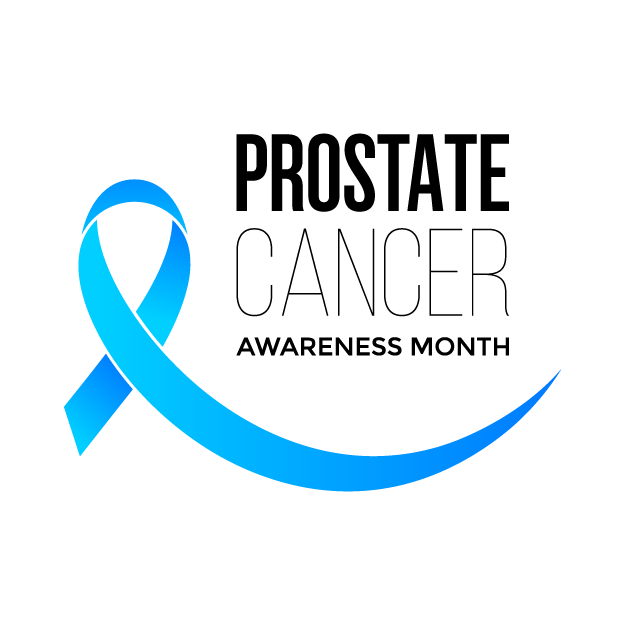Navigating Prostate Cancer

Date: September 23, 2022
Categories: Health Focused, Cancer
Angie Shy, RN, BSN
Oncology Nurse Navigator
For most men, a prostate cancer diagnosis comes as a big surprise. As an Oncology Nurse Navigator, I often hear “I would never have known that anything was wrong” from men with a new diagnosis of prostate cancer. The silence of the disease can be a scary thought considering that prostate cancer kills roughly 30,000 men in the U.S. each year. Understanding the journey to and through a prostate cancer diagnosis can be helpful. I will explain a variety of situations that men may encounter when first diagnosed.
Generally, prostate cancers are diagnosed after a man has a rise in his routine screening PSA blood test; however, there is some debate on when this screening should begin. It may be helpful to talk to your primary care provider and make a shared decision on when PSA screening should start for you. This shared decision is based on the clinician’s perspective, the patient’s age and family history, and the patient’s motivation to begin screening. Generally, a primary care provider will refer men to a urologist (a doctor who specializes in treating conditions of the urinary system) for further discussion, if the PSA is above the normal level.
The next decision after an elevated PSA is detected is to decide if or when a biopsy is necessary. Your Urologist can help you make this decision. Biopsies are done by inserting tiny needles into the prostate to “sample” the tissue. This tissue is sent to a pathologist, a doctor who can diagnose cancer by looking at the tissue under a microscope, who then sends your Urologist a Pathology Report. If the pathologist finds that the tissue looks like prostate cancer, they will rate the abnormalities on a grade called a Gleason Score. Cancerous prostate tissue is assigned a grade ranging from 3 to 5, 3 being the least aggressive looking and 5 being the most aggressive looking. Two numbers added together make up the total score, the first number is based on the tissue with the most percentage seen by the pathologist, and the second number represents the remaining tissue abnormalities. Gleason Scores will range from 3+3=6 which is the least aggressive to 5+5=10 which is the most aggressive.
Once the biopsy results have been reported, your urologist will meet with you to discuss the results and determine what comes next. Important points in this discussion might include your PSA value and how quickly it is rising, the number of samples from the prostate that were positive for cancer, the Gleason Score given to the cancer, your age, health, and family history. From here, your urologist might give you options for a prostate MRI, additional scans, or Genomic testing to determine how the cancer might behave. There may be enough information, then, to proceed to treatment or active surveillance at this time without any additional information.
Treatment for prostate cancer is specific to everyone. Some men may be good candidates for surgery to remove the prostate and the glands above the prostate, which can sometimes eliminate all cancer. Other men may choose radiation therapy to kill the cancer cells using a radiation beam and a customized targeted plan. Others might find brachytherapy, cryotherapy, or hormone therapy to be the best option. Lastly, active surveillance, or choosing to monitor cancer through repeated PSA tests and biopsies might be an option for some men, especially with lower-risk prostate cancer.
Navigating the multitude of treatment options can be difficult. I often encourage men to take a little time to decide on their preferred treatment and to research the options recommended by their care team. Seeing an Oncologist may be recommended to further discuss the options like radiation therapy, chemotherapy, or other medications and supportive treatments that might be used.
Prostate cancer is very treatable. Caught early, prostate cancer can be well managed, and then, the choice for treatment is often less restricted. Early detection also allows for time to cope with the new diagnosis and ask questions about treatment and side effects that are important to you.
